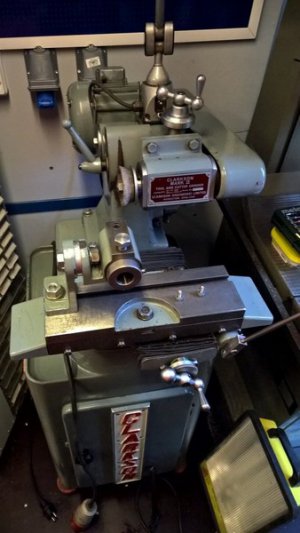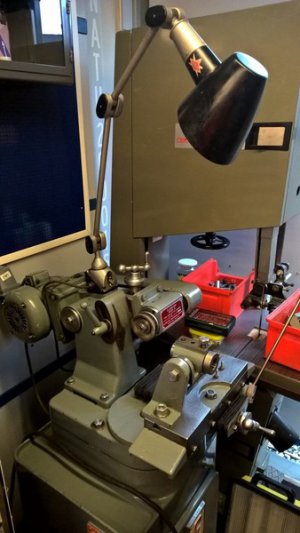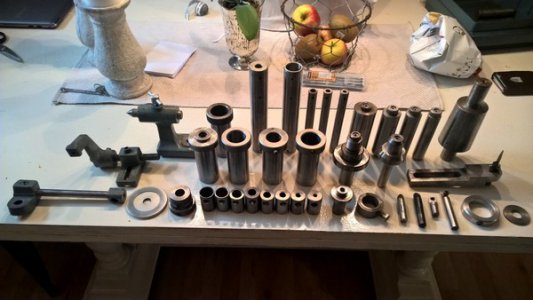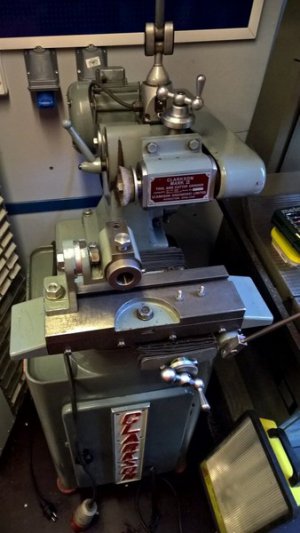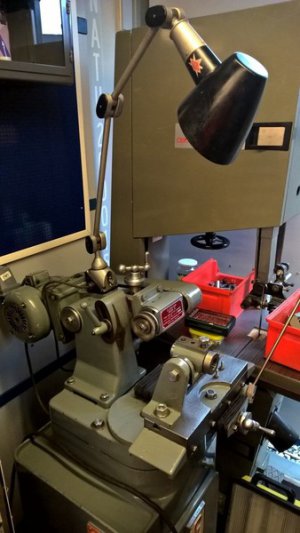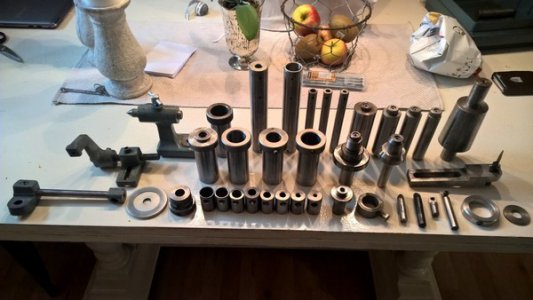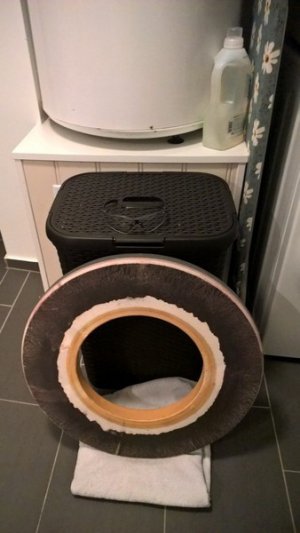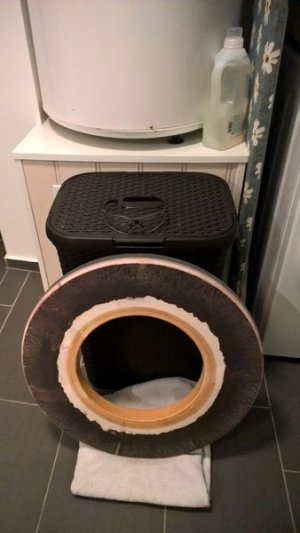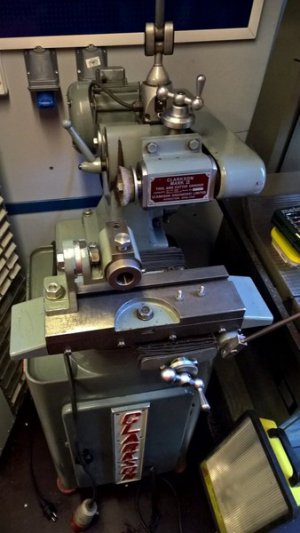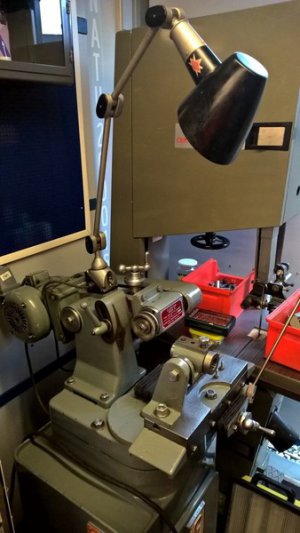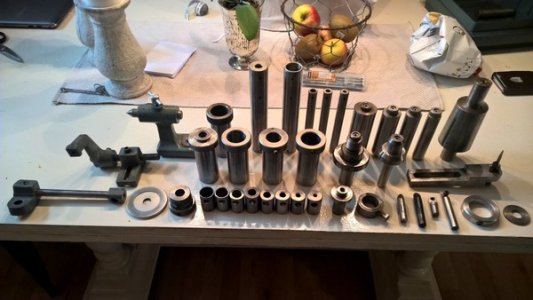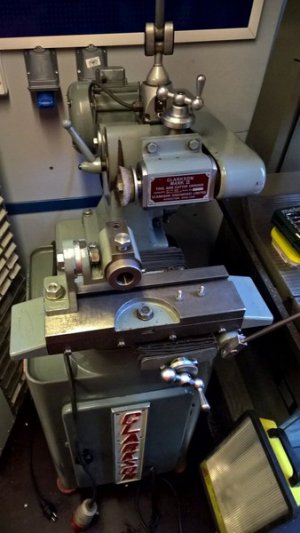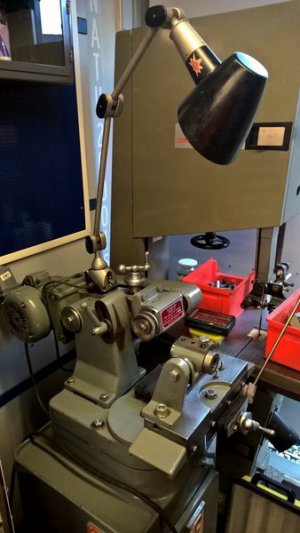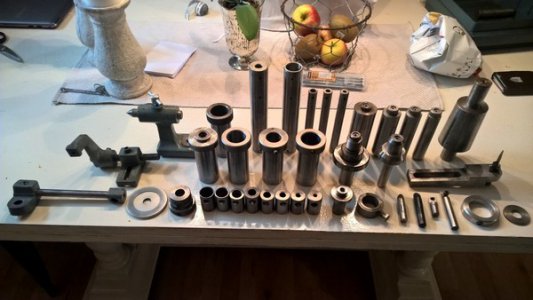- Joined
- Nov 21, 2012
- Messages
- 793
I'm enjoying your thread immensely.
I'm going to be interested to see what your "platform" turns out to be. Primarily, do you intend to lower/raise it when opening/closing the door(s) (my preference) or will you build a stationary base platform and add something to bring the surface up to floor height after the doors are open, or move the whole thing? Moving bits around is probably cheaper but a PITA and besides, you have to store them when not in use. Non-trivial project, either way.
Thanks! The platform will be stationary and I think I will just opt for ramps to roll the machines in and out. The door hitches are what cause the most problems as they extend so far down. I could remove 2 arcs from the platform to allow the doors to swing open, allowing me to have the platform match the height of the container. I am still not decided.
I have not done anything more since the weather is wet at the moment.
Paul.


